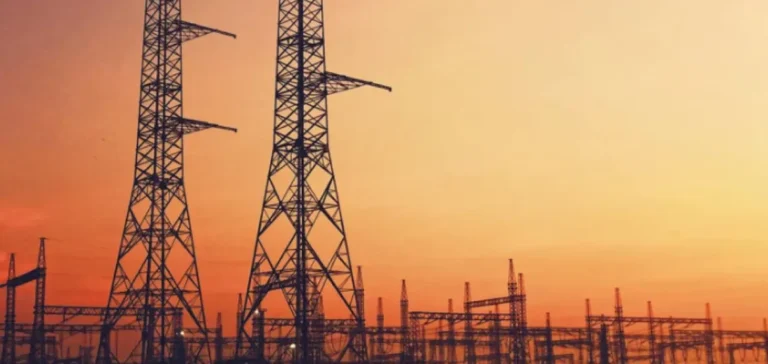Long power cuts have paralysed Nouakchott since late June, forcing businesses and households to suspend activities for several hours each day. The interruptions, sometimes lasting more than six hours, underline the fragility of the Mauritanian Electricity Company (SOMELEC) network. Agence Ecofin reported on fifteen July that the capital accounts for more than half of national demand. The crisis underscores the gap between the country’s energy potential and operational reality on the ground.
Ageing infrastructure
The National Energy Pact, launched in 2022 under the Mission300 initiative, aims to raise the electricity access rate from fifty-five per cent to 100 % by 2030. Yet Le360 reported on fourteen July that SOMELEC absorbs about two per cent of gross domestic product each year in public transfers, a burden that peaked at 3.2 % in 2019, signalling a hardly sustainable business model. Lacking targeted investment, the company struggles to maintain an already ageing thermal fleet.
In 2023 Mauritanian output totalled 1.66 TWh for an installed capacity of 615 MW, but barely 520 MW were actually available at peak hours. This narrow margin leaves little room for technical setbacks, explaining the rising frequency of load-shedding. Technical and commercial losses approach thirty per cent of injected power, according to official data. Outlying districts of Nouakchott, less well connected, are the first to feel the fluctuations.
Financial burden
Minister of Economy Sid Ahmed Ould Bouh said that “current supply remains insufficient in the face of fast-growing demand,” remarks carried by Saharamedias on twelve July. The state still subsidises fossil-fuel purchases, limiting budgetary room for network modernisation. World Bank experts estimate that annual demand growth of seven % could create production shortfalls exceeding one hundred megawatts by 2027. Dependence on imported hydrocarbons also exposes the national energy bill to global price swings.
According to the Ministry of Petroleum, Energy and Mines, renewable energy should reach seventy per cent of the mix by 2030 through desert wind and solar projects. The same document calls for multiplying installed capacity by 1.66 to more than one thousand megawatts by decade’s end. Achieving those goals presupposes the swift start-up of the offshore Grand Tortue Ahmeyim gas field. For now, Nouakchott residents still rely on ageing diesel plants whose reliability is waning.
Necessary modernisation
SOMELEC engineers estimate that priority replacement of two hundred kilometres of urban cables would cut losses by five points. International lenders, including the Islamic Development Bank, are nonetheless tying loans to a reduction in operating deficits. Payment delays by large public consumers further strain the operator’s cash flow, creating a vicious circle of under-investment and breakdowns. Unless this refurbishment begins, load-shedding is likely to remain the norm for the capital.






















